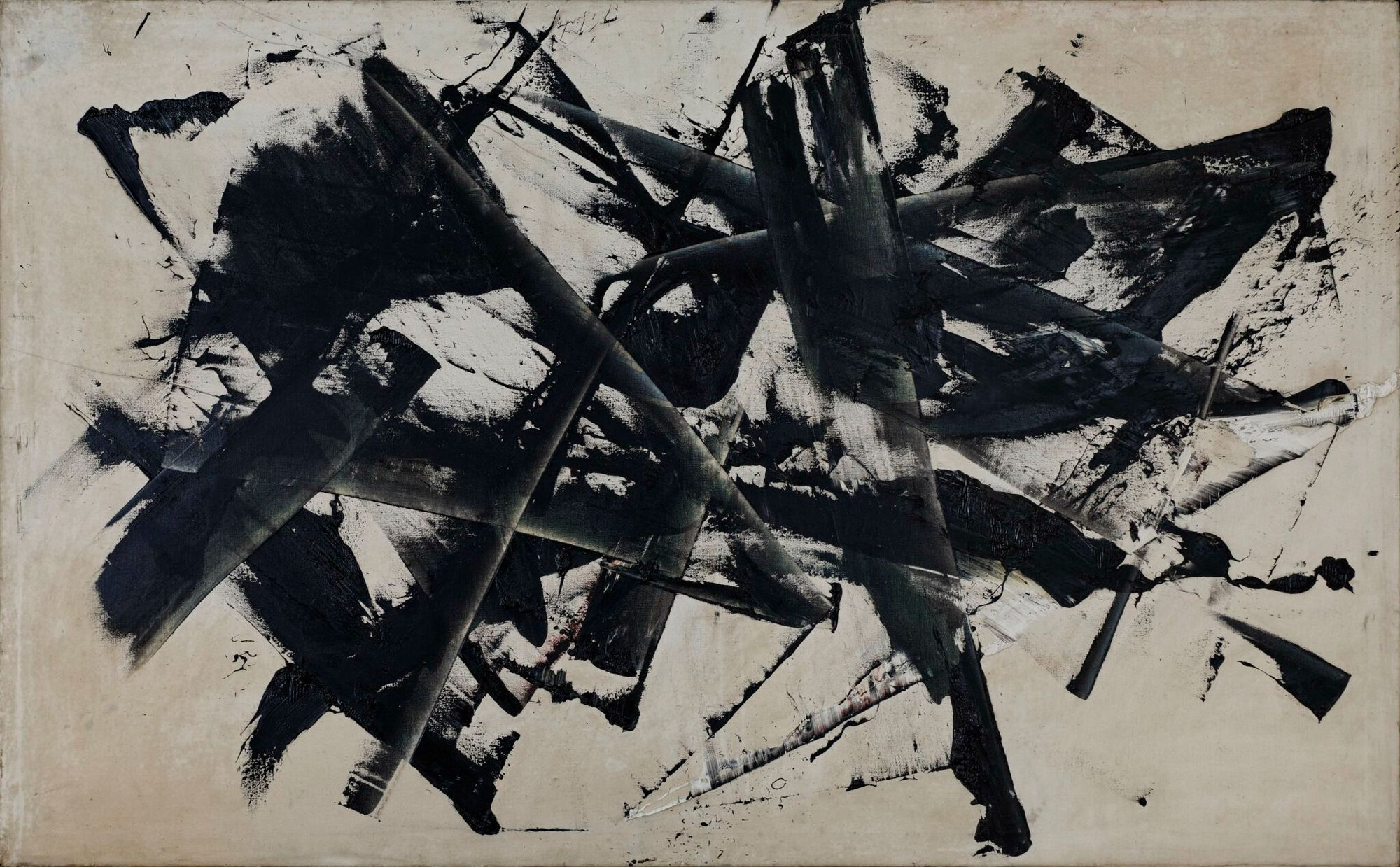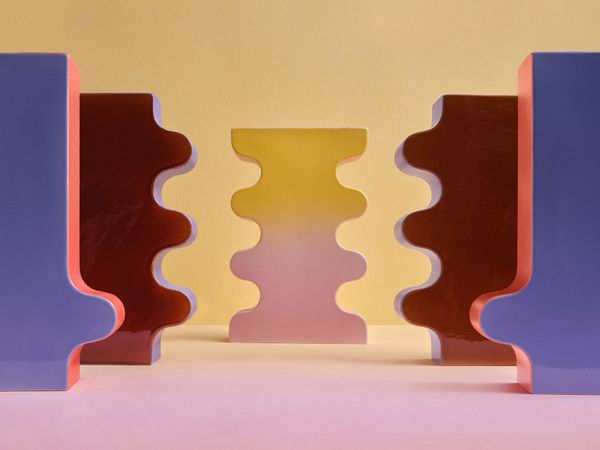Judit Reigl, the painter who passed away two years ago, would have celebrated her 100th birthday in May this year. She is currently the most well-known and respected figure in contemporary Hungarian painting abroad. Her paintings today are in the collections of the world’s greatest museums, although her path was far from ordinary, and most of the world only became aware of her name in her old age.
Judit Reigl was born in Kapuvár on May 1, 1923. In a video interview made more than a decade ago, she recalled that, according to her family’s recollections, she told them at the age of three that she would become a painter, but what is certain is that she consciously prepared herself to become an artist from the age of eleven. However, living in very modest circumstances, her family had little money for paints and other equipment, so she first experimented with clay, which she received from a neighbor. From there, her path clearly led to the College of Fine Arts, where, as she put it, “you could make what you wanted out of total chaos.” She studied there between 1941 and 1945 under the guidance of István Szőnyi and was a classmate of Simon Hantai, among others, with whom she later maintained a lifelong friendship.

Beginning in 1946, Reigl spent two years on a scholarship in Rome, where, to supplement her meager allowance, she painted portraits of locals and tourists sitting on terraces and explored the country by hitchhiking. Her return home was a harrowing experience: she had to paint portraits of Rákosi, Gerő, and Stalin, and in 1950 she left the country for France, where she lived for the rest of her life. Leaving the country also proved extremely difficult for her, as it was only on her ninth attempt that she was able to escape to the free world by climbing a ladder over a barbed wire fence that marked the border.
A new life
In Paris, it was Hantai’s friendship that helped her get started, as he introduced Reigl to André Breton, a French writer and poet, who promptly invited her to join the Surrealists after falling in love with Reigl’s They Have an Insatiable Thirst for Infinity (1950). Reigl eventually offered the painting as a gift to the French poet, who kept it until his death, when it was purchased by the Centre Pompidou in Paris at an auction of his estate. It was Breton who opened Reigl’s first solo exhibition in Paris in 1954, where most of the large-scale works on display were created using the Surrealist method of automatic writing (écriture automatique). One of the most valuable works of her oeuvre from this period, Incomparable Pleasure (1952-1953), was estimated at HUF 135 million at its Hungarian premiere in 2010. She did not spend much time with the Surrealists, however, and broke with the movement in 1957. She felt that their paths didn’t coincide, and being the independent and autonomous character that she was, refusing to compromise, she never joined an art group again.
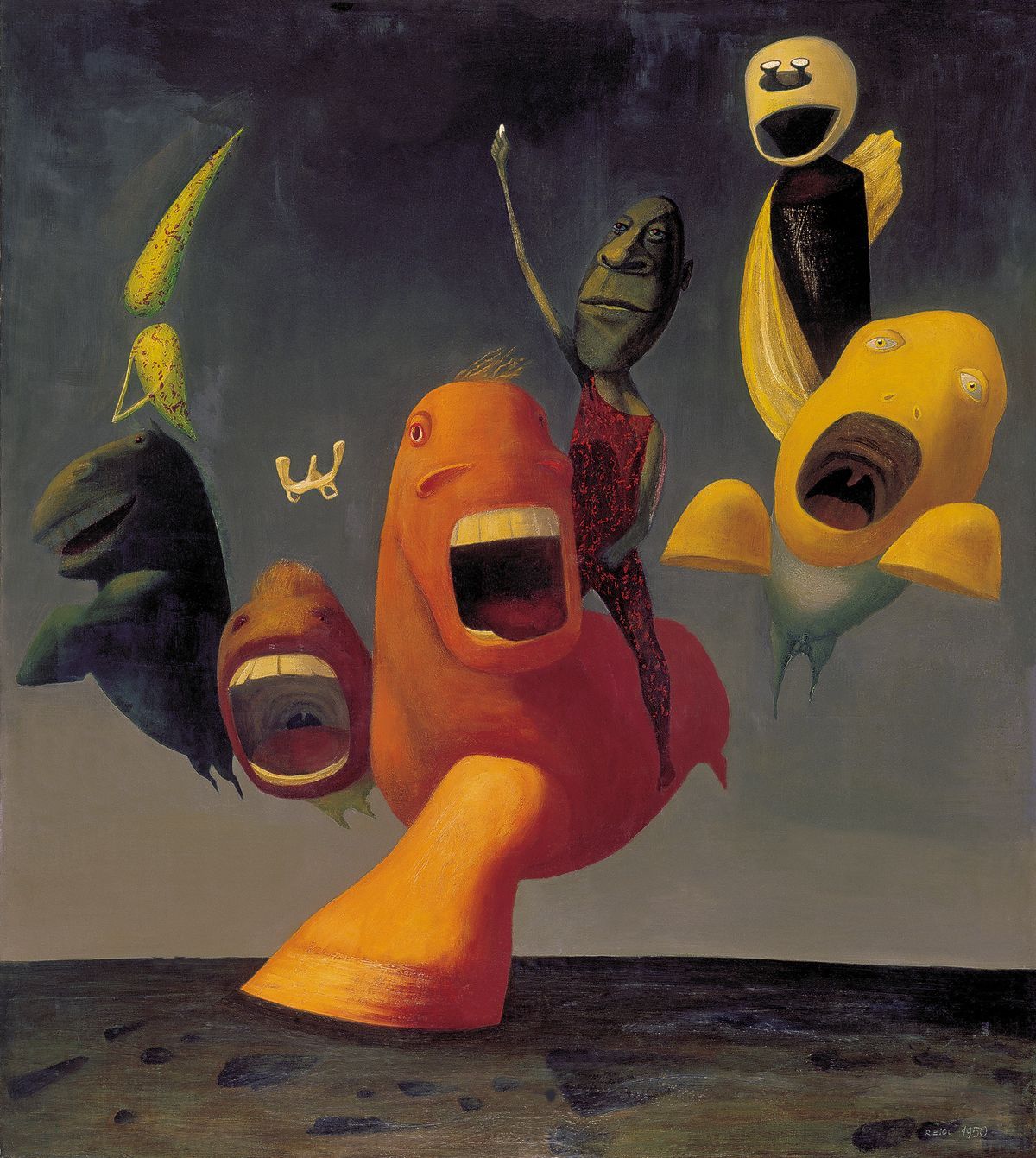
In search of something more instinctive, she turned to gesture painting, and between 1955 and 1965 Reigl created her most important series, including her best-known, Outburst. In her early years, she titled her paintings individually, but later she gave names only to individual series. The paintings of Outburst placed her alongside Jackson Pollock, with an equally energetic painting style: Reigl painted to music, almost dancing as she worked, “throwing” paint she mixed from industrial dyes and linseed oil onto the canvas, not using a brush but smoothing the material by hand and with various metal tools. “Avec les bras grand ouverts,” (“With arms wide open”) was how she described her working method. Gradually, she developed the abstract expressionist style that is now her trademark. In 1960, she moved to Marcoussis, a small village near Paris, where she worked tirelessly but was gradually falling into oblivion.
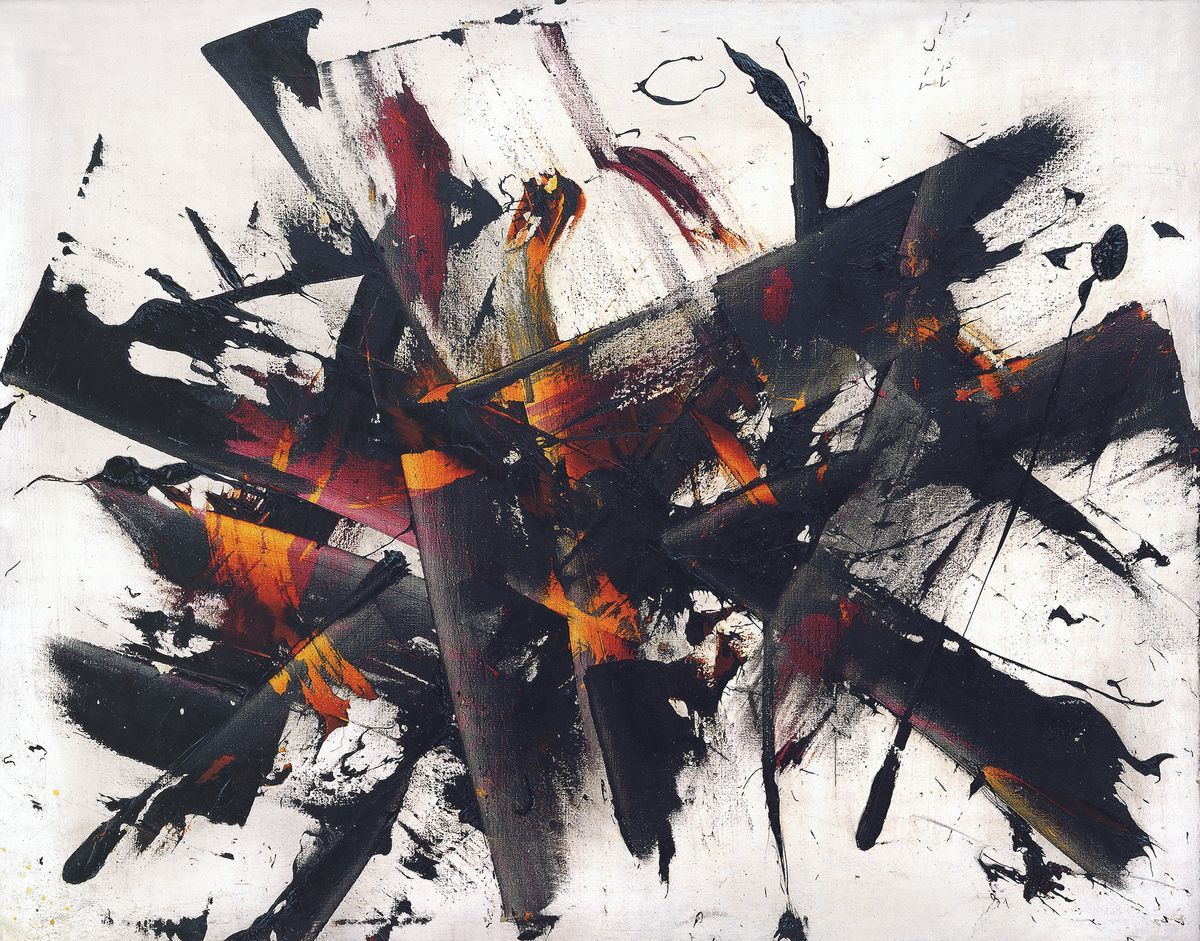
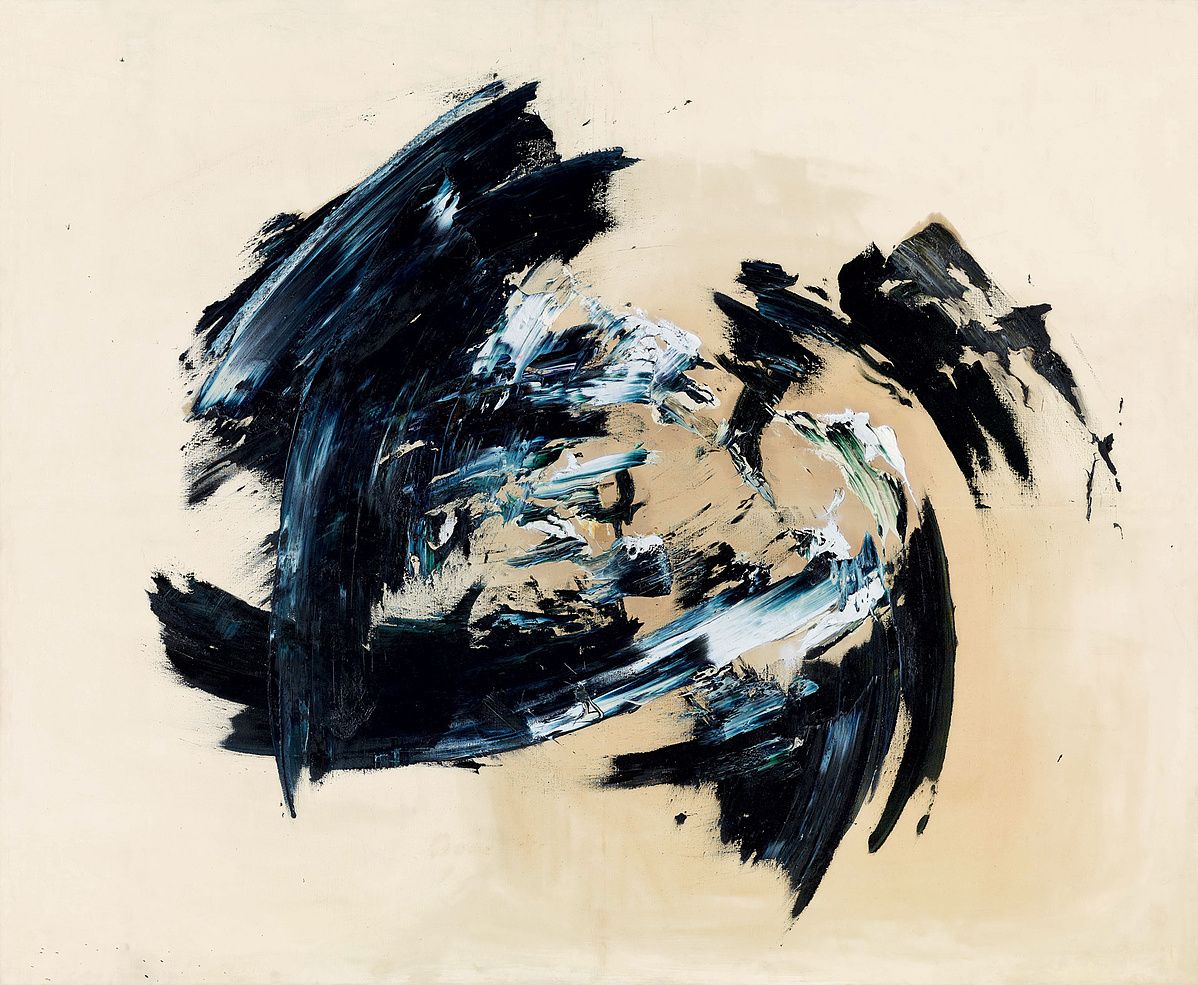
Late blossom
Although Reigl was never interested in fame, in the last decades of her life she attained the status of being one of the great artists of the 20th century. The real breakthrough in her career came when the renowned Hungarian gallery owner Kálmán Makláry began working with her. Previously, she had only been able to sell a few of her works successfully, but this was reversed after Makláry’s intervention led to a major exhibition at the Kunsthalle in Budapest in 2005. Since then, her career has skyrocketed, and her paintings are in the world’s most important private and public collections, including the Metropolitan Museum of Art (Met) and the Museum of Modern Art (MoMA) in New York, the Tate Modern in London, and the Centre Pompidou in Paris. And in her native Hungary, she has also become a posthumous record-breaker.

Judit Reigl died on August 7, 2020, at the age of ninety-seven in a retirement home near Marcoussis. On the occasion of her 100th birthday, there will be a major exhibition at the Kunsthalle on October 4 this year, as well as exhibitions in Berlin and Paris. The gigantic space of 1,700 square meters will display works that have been lying dormant in the Kunsthalle, as well as a number of works on loan from major foreign collections.
Source: 1, 2, 3
Cover photo: Judit Reigl: Outburst (1956) Oil on canvas, 107,5×171 cm, New York, JRZA Trust

Spectacular plans for the Czech Pavilion at the next World Expo revealed










